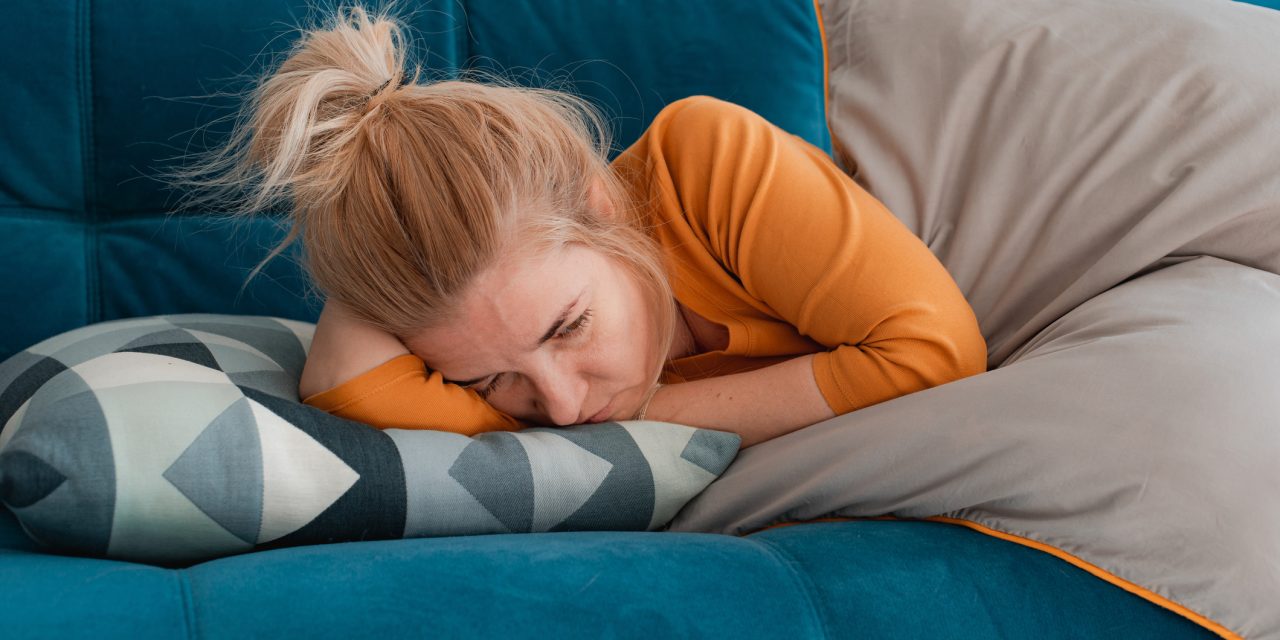Acacetin 7-O-β-D-glucoside (tilianin) is a major constituent of Agastache rugosa, a traditional medicine that has long been used for the treatment of gastrointestinal disorders. Tilianin has a wide variety of pharmacological properties such as cardioprotective, neuroprotective, and anti-atherogenic activities. We recently discovered that tilianin has the ability to suppress MUC5AC expression in vitro. In addition, we have established an in vivo model of allergic asthma using house dust mite (HDM) that can be applied to tilianin.
We investigated the effects of tilianin on airway inflammation in a HDM-induced asthma mouse model and associated mechanisms.
Tilianin was treated in splenocytes cultured in Th0 condition and HDM-stimulated bone marrow-derived dendritic cells (BMDCs), and their mRNA expression and cytokines production were determined by quantitative real-time PCR and ELISA. To evaluate the effects of tilianin in an allergic asthma model, mice were sensitized and challenged with HDM. Tilianin was administered prior to challenge by oral gavage and airway hyper-reactivity (AHR) to methacholine, inflammatory cell infiltration, cytokine levels, and airway remodeling were assessed.
Tilianin inhibited the production of Th2-related cytokines in splenocytes, which play pivotal roles in allergic airway inflammation. When treated in HDM-stimulated BMDCs, tilianin decreased Th2-skewing cytokine IL-33 and transcription factor IRF4. On the contrary, tilianin increased Th1-skewing regulators, IL-12 and IRF1. In an HDM-induced asthmatic mouse model, tilianin attenuated AHR and airway inflammation. Tilianin suppressed the expression of Th2-related cytokines, IL-13 and IL-33 in lung tissues. As seen in HDM-stimulated BMDCs, tilianin also downregulated the expression of the transcription factor IRF4 but not IRF1.
Taken together, these results suggest that tilianin attenuates HDM-induced allergic airway inflammation by inhibiting Th2-mediated inflammation through the selective inhibition of the IRF4-IL-33 axis in dendritic cells.
Copyright © 2020 The Author(s). Published by Elsevier GmbH.. All rights reserved.
Tilianin attenuates HDM-induced allergic asthma by suppressing Th2-immune responses via downregulation of IRF4 in dendritic cells.


